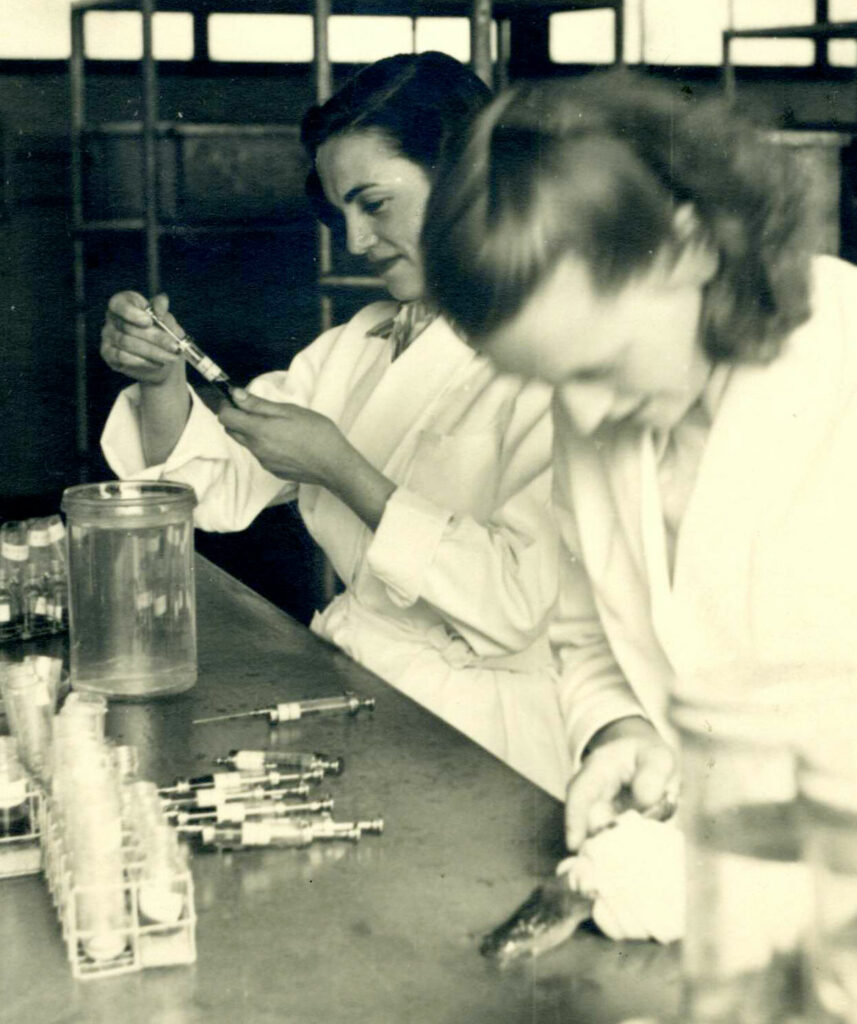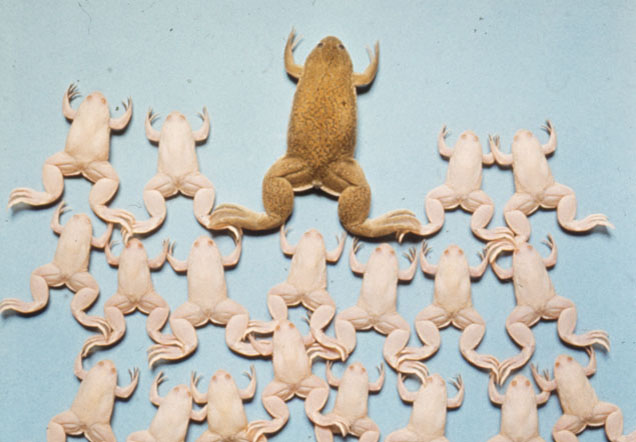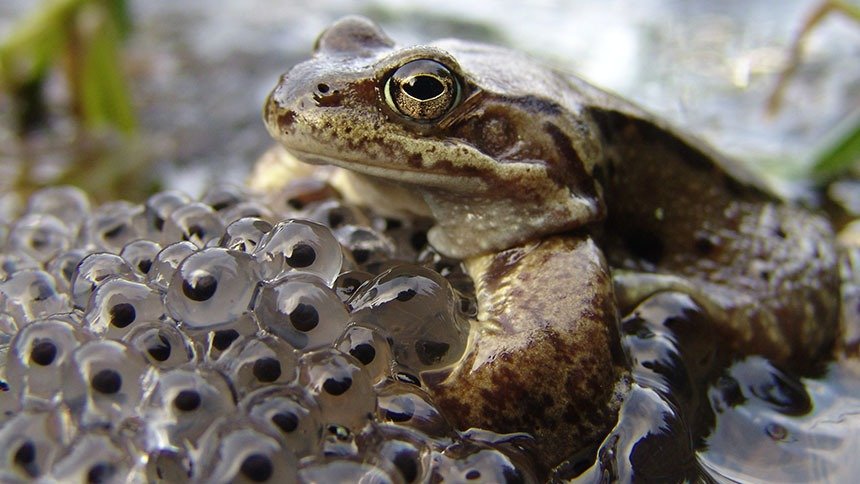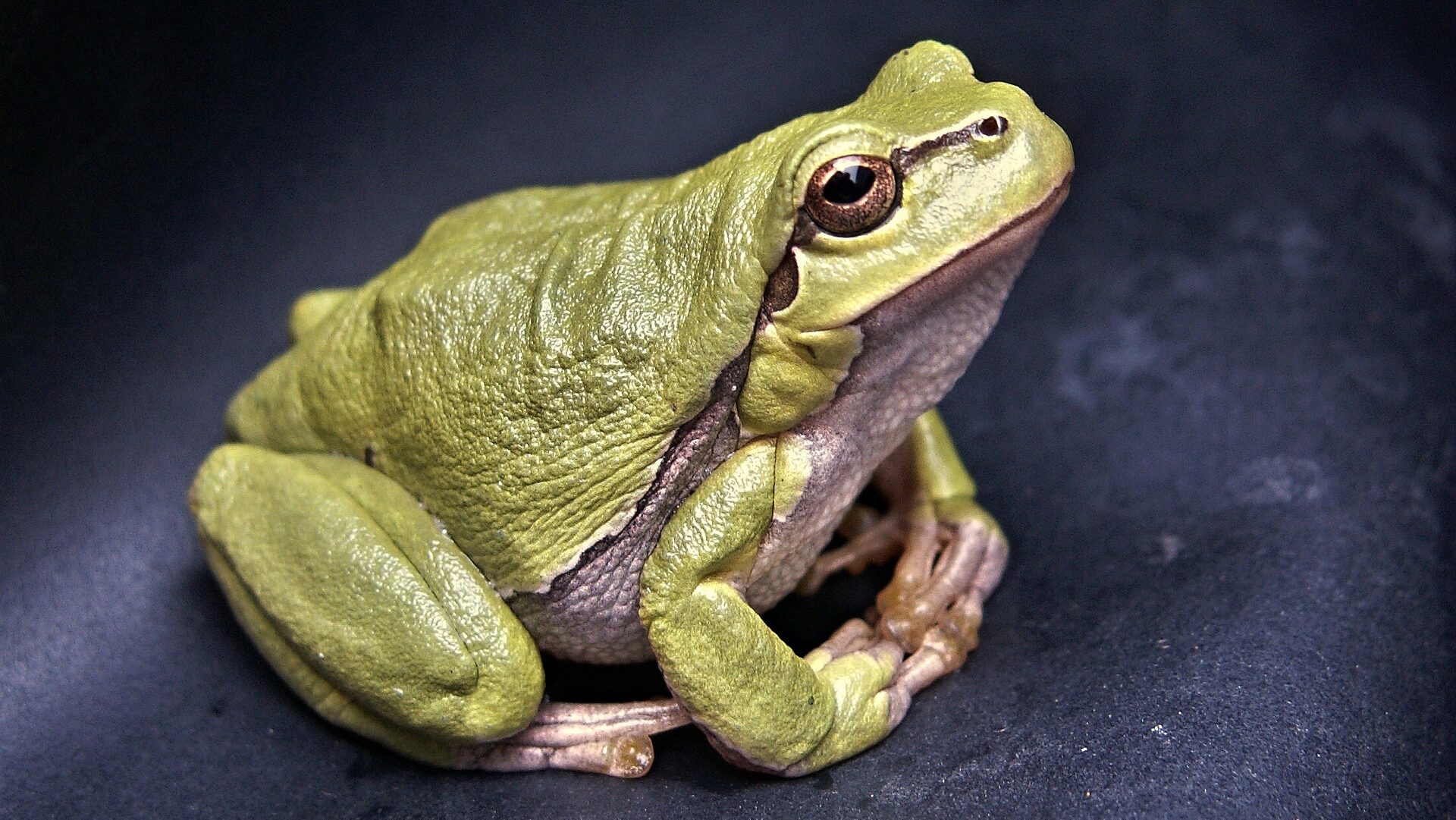A Ribbit-ing History of Scientific Breakthroughs
Reading Time – 5 Minutes, Difficulty Level – 2/5
When my research supervisor asked me what my favorite animal was, I didn’t hesitate—frogs. At the time, I was deep into a developmental biology course and had just finished reading The Truth About Animals by Lucy Cooke. When she asked why, it sparked an entire conversation about the overlooked role of animals in the history of science. Here, I have collected three of the most significant breakthroughs that highlight some remarkable pond-to-lab moments of these amphibians.

The hospital frog rooms
In the late 1930s, British biologist Lancelot Hogben made a groundbreaking discovery involving the African clawed frog (Xenopus). He found that when the frog was injected with the urine of a pregnant woman, it would produce eggs due to the presence of a specific hormone, human chorionic gonadotropin (hCG).
Hogben’s method, soon known as the “Hogben test,” was groundbreaking because it was faster and more reliable than previous tests involving mice, which required dissection to observe egg production. Frogs, however, lay their eggs externally, allowing them to be used for multiple pregnancy tests over their 15-year lifespan. The Hogben test quickly gained traction and became a mainstream pregnancy test method for the next 20 years. Hospitals around the world began to adopt this method, commonly storing these frogs in special lab rooms where lab technicians would regularly inject them with urine samples.
However, with the development of chemical methods for detecting pregnancy, hospitals no longer needed these amphibious assistants. But the story doesn’t end there. Many of the remaining frogs were released into the wild, leading to unexpected consequences. Native frog species were outcompeted and endangered by the aggressive Xenopus frogs, with their sharp claws and competitive nature. So, while their lab days are over, the African clawed frogs continue to make their presence known in the wild and in zoos around the world.
The first animal to be cloned
You might be familiar with the story of “Dolly the Sheep”, the first mammal cloned using nuclear transfer. However, before this milestone in mammalian cloning, scientists had already been experimenting with nuclear transfer in smaller animals such as sea urchins, salamanders, rabbits, and notably, frogs. It was with frogs that the first successful nuclear transfer was achieved.
In the 1960s, John Gurdon made a significant breakthrough by conducting nuclear transfer experiments on frogs. Nuclear transfer involves several meticulous steps. First, scientists remove the nucleus (genetics material) from an egg cell, effectively creating an enucleated egg. Next, they introduce a nucleus from a donor cell into this enucleated egg. This donor nucleus then directs the development of the egg into a new organism, genetically identical to the donor.

Gurdon’s experiment used this method with remarkable success. He began by extracting the nucleus from a cell of an albino tadpole. He then transplanted this nucleus into an enucleated egg from a normal frog. To his amazement, the egg divided and developed into tadpoles that were genetically identical to the albino donor. This meant that the new tadpoles had all the genetic characteristics of the albino frog, demonstrating that the genetic information in the nucleus could indeed direct the development of a new individual.
The perfect life cycle
Many of us first learned about the frog life cycle in elementary school. Their metamorphosis provides a clear, hands-on illustration of developmental stages and serves as an important model for studying embryology and developmental biology.
Frogs are a dream for developmental biologists. Their eggs develop entirely outside the mother’s body and are large enough to be easily visible, making them perfect for detailed examination under a microscope. Researchers can observe the entire developmental process, from fertilization through to organ formation, without the need for invasive procedures.
The frog model has led to significant breakthroughs in understanding the role of maternal messenger RNA (mRNA) in embryological development. In frogs, the localization of maternal mRNA plays an important role in establishing early embryonic patterns—basically deciding where the head and legs will be. This discovery provided more insight into how early cellular differentiation and patterning are regulated in humans. Researchers can access comprehensive overviews of the frog life cycle, complete with detailed stages of early embryo processes, making frogs an indispensable resource for both educational and scientific exploration.

From their use in early pregnancy tests, to their groundbreaking role in cloning experiments, frogs have significantly contributed to our understanding of biology. These versatile amphibians continue to be essential in scientific exploration and demonstrate the profound impact of seemingly simple organisms on advancing human knowledge.
References:
- Gurdon, J. B. (2013). The cloning of a frog. Development, 140(12), 2446-2448.
- Hill, M.A. (2024, May 30) Embryology Frog Development. Retrieved from https://embryology.med.unsw.edu.au/embryology/index.php/Frog_Development
- Hogben, Lancelot. “The Hogben Test.” British Medical Journal 2.4485 (1946): 962.

Deema ElRufaei is pursuing a bachelor’s degree in Biological Sciences with a concentration in Genetics and Evolution at the University of Calgary. With an interest in biochemistry and developmental biology, she enjoys sharing her enthusiasm for science with readers and encouraging curiosity about the world around us.







